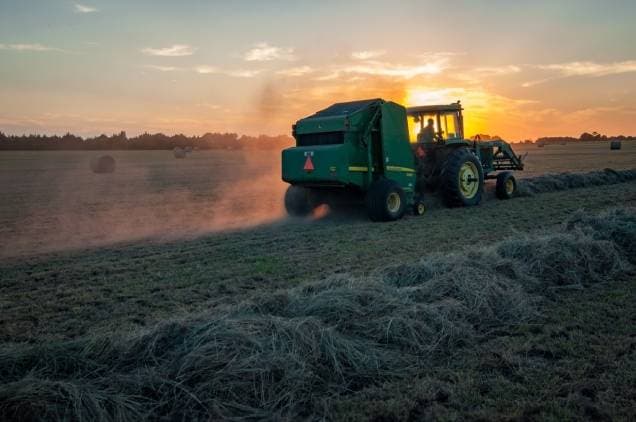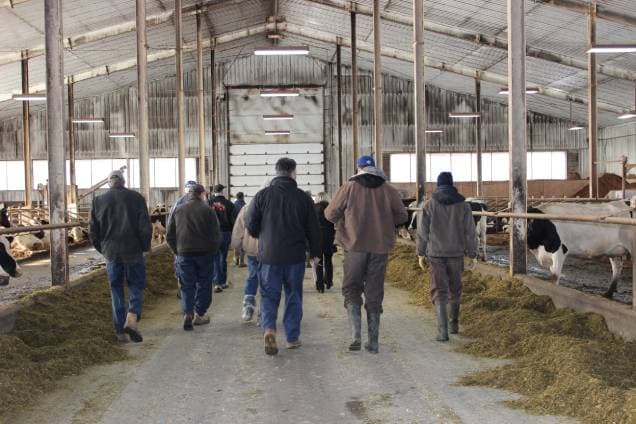In Nova Scotia, hurricane and tropical storm season is upon us. The Canadian Hurricane Center is predicting a more active hurricane season due to the Atlantic waters being a few degrees warmer than normal. The warmer waters foster storm development. After suffering a very dry growing season, strong winds can have a devastating effect on crops with shallow root systems. It is key to be prepared for such events.
Measures to Take to Minimize Losses:
Measures to Take to Minimize Losses:
- If possible, harvest crops.
- Turn off power to areas on the farm which do not require power during the storm.
- Put away machinery, tools and equipment and anything that could be damaged by flying objects.
- Put away or secure things that could become flying objects in the strong winds.
- Clear waterways of any debris such as drains and manholes.
- Move livestock to secure area or higher ground.
- Structural assessment of all buildings and reinforce and secure weak areas.
- Board up windows.
- Add sandbags to prevent flooding.
Here are some hints and tips to be prepared this hurricane season:
- Have a written emergency response plan for all farm operations to include evacuation for livestock.
- Keep emergency equipment on hand such as fire extinguisher, first aid kits, eye wash stations, flashlights and lanterns, and communication devices such as cell phone, battery powered radio or crank radio with spare batteries or cordless battery pack charger.
- Have an Emergency Phone Numbers list on hand. Use Farm Safety’s template to prepare your own. May want to include neighbours phone numbers of who can help out on farm, if needed and to check in to see if others can use your help.
- Note government assistance programs available to help with disaster recovery.
- Fuel up vehicles, machinery and equipment and have spare fuel available.
- Emergency building materials available such as plastic sheeting & lumber.
- Prepare livestock trailers for travel.
- Ample feed and water supply for people and livestock. Have enough hay, feed, and health-care supplies for one to two weeks. Feed stores may not be open for business for a week or more after a storm.
- Take inventory of your farm. Use a video camera to record or take photos.
- Re-familiarize yourself with your crop insurance policy and coverage options as well as home, farm and vehicle insurance policies.
- Have required records to file an insurance claim for crops, farm buildings, vehicles or equipment.
- Check to ensure generators are ready and in working order. Run generators regularly to ensure that they function properly.
- Make sure chainsaws are in good working order and stock up on mixed fuel.
- Locate chains and check winches for tree movement off fences and buildings.
- Stock up on fence-repair materials: wire, posts, and staples.
- Prescriptions and medications needed for yourself and livestock.
- Have available qualified first aiders.
Reference:
Click to access planningforandrespondingtodisastersincanada.pdf



